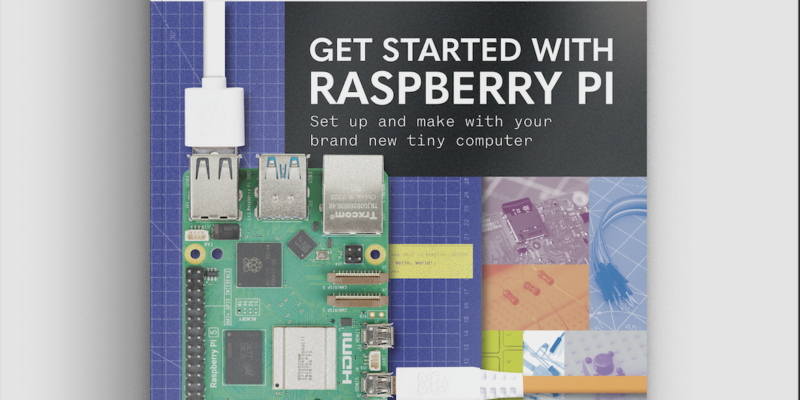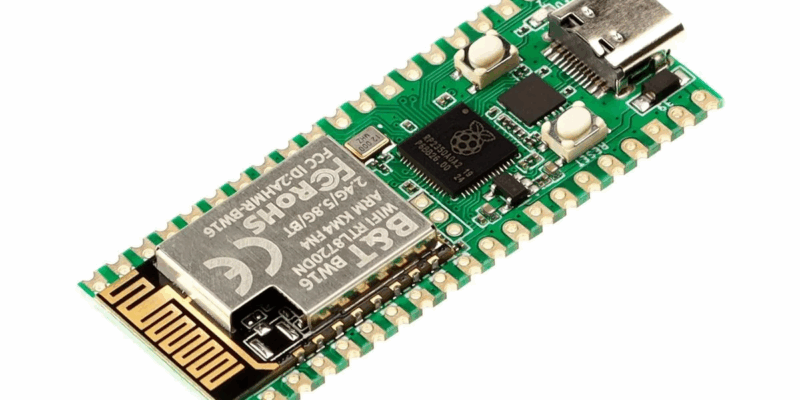8BitDo Retro Mechanical Keyboard
By Rob Zwetsloot. Posted

Interest in mechanical keyboards for serious computer users is not new; finding wireless mechanical keyboards online is easy and allows you to get the tactile feel of the old days (and that ASMRy clickety-clacking as well). While there are definitely brands that focus on modern PC gaming, with brightly backlit keyboards that wouldn’t look out of place on the set of The Fast and the Furious, not many have old computers or gaming in mind, which is slightly ironic.
Advertisement
Get started with Raspberry Pi – everything you need to know to start your journey!
8BitDos latest offering (£79/$100) bucks this trend. A pair of beautiful wireless mechanical keyboards with colour schemes based on the original NES and Famicom, the most noticeable thing about them is an included pair of gigantic ‘super buttons’, arcade-esque add-ons that plug into the keyboard and can be programmed to run certain keys or macros.
Playing with power
If you’ve used any 8BitDo input device before, you’ll know that you can press a specific macro button to assign a keypress manually to these buttons, along with very conspicuous A and B buttons next to the space bar. In our mind, the intended use of this is either shortcuts on the desktop, or to assign custom keys for a more accurate experience on some retro games via RetroPie. Unlike other controllers and keyboards, you can’t set up these extra super buttons inside RetroPie but it will recognise the inputs you’ve set to it from using the macro button, or via a custom ‘profile’ that’s set up on another machine.

The customisation software, called 8BitDo Ultimate Software V2 is very powerful, allowing you to not only assign keys and/or macros to the super buttons, but also completely remap the keyboard as well – including adding special navigation or media control functions, which is very fancy. Creating macros is very deep as well, allowing you to pull off long combos with custom delay between button presses too. It’s an astounding amount of customisation, although unfortunately the software is only available on Windows PCs right now. Still, you can turn the customisation on and off with a simple press of the keyboards profile button, so once you have set it up on a PC you don’t need to remain connected to it.
Hook it up
The connection options are great – as well as a classic wired connection via the USB-C charging port, you can connect via Bluetooth or a 2.4GHz RF stick stored away on the underside. We found initially connecting the keyboard via Bluetooth had some issues, but once connected it worked just fine. The 2.4GHz stick worked right away and is currently out preferred way to use it. There’s a satisfying clunky switch that goes between the different radio types which perfectly complements the comfy and clicky keys on the keyboard. We had no lag on any games we played on RetroPie, and the super buttons were very fun to smash for that.

The switches and keys are standard PCB/PBT types so you can swap them out if you have preferred keys or want a quieter type (we have been banned from using them at Pi Towers due to the noise, oops).
There is currently only a US layout, and despite the Japanese symbols on the Famicom version, it’s missing one or two keys to be a full Japanese keyboard. It is just an aesthetic choice though, and the design of the keys and labelling elsewhere is authentic and very pretty.
Verdict
9/10
A very good retro keyboard for retro gaming, although you can’t unlock its full features with just a Raspberry Pi.

Rob is amazing. He’s also the Features Editor of Raspberry Pi Official Magazine, a hobbyist maker, cosplayer, comic book writer, and extremely modest.
Subscribe to Raspberry Pi Official Magazine
Save up to 37% off the cover price and get a FREE Raspberry Pi Pico 2 W with a subscription to Raspberry Pi Official Magazine.
More articles

Get started with Raspberry Pi in Raspberry Pi Official Magazine 161
There’s loads going on in this issue: first of all, how about using a capacitive touch board and Raspberry Pi 5 to turn a quilt into an input device? Nicola King shows you how. If you’re more into sawing and drilling than needlework, Jo Hinchliffe has built an underwater rover out of plastic piping and […]
Read more →

Win one of three DreamHAT+ radars!
That’s right, an actual working radar for your Raspberry Pi. We reviewed it a few months ago and have since been amazed at some of the projects that have used it, like last month’s motion sensor from the movie Aliens. Sound good? Well we have a few to give away, and you can enter below. […]
Read more →

RP2350 Pico W5 review
It’s Raspberry Pi Pico 2, but with a lot more memory
Read more →
